As an e-commerce business owner, your revenue may increase monthly. But does that mean everything is great with your business?
Your business may generate massive sales, but that doesn't always mean it's profitable. You have to track your e-commerce profit margins to see if your store is healthy or ailing.
The good news is that if your profit margin is experiencing problems, you can improve it. We'll show you how to calculate and improve your profits easily.
Before we cover the details, it’s important to note that understanding your profits calls for accurate e-commerce bookkeeping and accounting.
That's where Link My Books comes in! Check out our free trial to see how we automate bookkeeping by connecting your sales channels and accounting software.
Key Takeaways from this Post
Importance of Profit Margins: Revenue growth doesn't always mean profitability. Tracking e-commerce profit margins is key to assessing business health. Accurate bookkeeping and accounting are crucial and can be automated with tools like Link My Books.
Profit Margin Benchmarks: A good net profit margin for e-commerce is 20%, with an ideal gross profit margin at 45%. Retail sectors typically have lower margins, ranging from 21.88% to 34.17%.
Strategies to Improve Profit Margins: Boost e-commerce profit margins by raising product prices, cutting operational costs, negotiating better supplier deals, and automating processes. Expanding to new markets and sales channels also helps.







What is a Good Profit Margin for Ecommerce?
On average, 20% is a good net profit margin for an e-commerce business.
The ideal gross profit margin for e-commerce would be 45%, but only a few businesses reach that level.
According to NYU Stern data, the average gross profit margin across various industries is 36.56%. The retail sector, where most e-commerce businesses operate, typically has lower profit margins.
NYU Stern data shows that retail businesses achieve between 21.88% and 34.17% gross margins, depending on the industry and other factors. For instance, food and grocery businesses have 25.54% gross profit margins.
What is the Average Profit Margin for Ecommerce?
The typical average ecommerce net profit margins are as follows:
- 5%: Low net profit margins
- 10%: Healthy net profit margins
- 20%: Good net profit margins.
If your e-commerce business posts an average net profit margin above 20%, it's doing great.
Important note: These figures are just averages from a sample of businesses. The actual figures can be higher or lower, depending on the industry and the specific nature of each business.
Is E-commerce Profitable? How Profitable is Ecommerce?
E-commerce is profitable, and you can make a lot of money with it if you maintain the right strategies for business profitability.
NYU Stern acknowledges that the average profit margin for e-commerce can be as high as 34.17% or as low as 21.88%, depending on the industry.
The Department of Commerce reports that the total adjusted e-commerce sales in the United States reached 15.9% of the total retail sales in the first quarter of 2024, accounting for $289.2 billion in e-commerce revenue.
These numbers mean there's plenty of room to succeed in the industry. You can do that by understanding your industry, business, and profit margins.
Gross Profit Margins vs. Net Profit Margins
It's important to understand the two key types of e-commerce profit margins:
- E-commerce gross profit margin is the percentage of revenue left after subtracting the cost of goods sold from the total revenue.
The ecommerce gross margin only considers the expenses directly related to creating your products or buying them for resale. Such costs include labor, materials, inbound shipping fees, manufacturing expenses, and storage costs.
Note: Operating expenses and overhead costs such as rent are excluded from the gross profit margin metric and instead accounted for in the operating profit margin.
- On the other hand, the ecommerce net profit margin is the percentage of the money left over after subtracting all expenses from total revenue.
Unlike gross profit margin, net profit margin widens the scope of expenses and accounts for costs such as interests, taxes, shipping, warehousing, salaries, rent, cost of goods sold, and e-commerce website maintenance.

How to Calculate Ecommerce Profit Margins Accurately
One crucial element for success is accurately calculating your e-commerce margins. We are here to help.
Let's see how you can calculate your gross and net profit margins like a pro:
How to Calculate Ecommerce Gross Profit Margin
Here's the formula for calculating your gross profit margin:
Gross profit margin = [(Total Revenue - Cost of Goods Sold) ÷ Total Revenue] x 100
Where:
Total revenue (also called net sales) = Revenue - (Cost of returns + discounts + allowances)
For example, if your total revenue is $15,000 and the cost of goods sold (COGS) is $10,000, here's how to calculate the gross profit margin:
Gross profit margin = [($15000 - $10,000) ÷ $15,000] x 100
Gross profit margin = ($5,000 ÷ $15,000) x 100 = 33.33%
How to Calculate Ecommerce Net Profit Margin
Here's the formula for calculating your net profit margin:
Net Profit Margin = [(Total Revenue – COGS – Operating Expenses – Other Expenses – Interest – Taxes) ÷ Total Revenue] X 100
Let's look at an example using the following metrics:
- Total revenue: $25,000
- COGS: $8,000
- Operating expenses: $4,000
- Interest: $500
- Taxes: $1,000
- Other expenses (such as debt payments): $1,500
Plug the figures into the formula:
Net profit margin = [($25,000 - $8,000 - $4,000 - $1,500 - $500 - $1,000) ÷ $25,000] x 100
Net profit margin = ($10,000 ÷ $25,000) x 100 = 40%
Calculating your e-commerce profit margins is easy, but gathering all the data manually can be time-consuming.
You'll be better off automating the data collection using our tool - Link My Books - which connects with Xero and QuickBooks and calculates your profit and loss per sales channel.
Here's what our Profit & Loss by Channel calculations look like:

Can’t wait to see this in action? Request a detailed Link My Books free demo today to see how our software can streamline your bookkeeping and accounting process.
6 Factors Affecting Ecommerce Profit Margins
As mentioned, e-commerce margins depend on several factors, so you should be keen to compare and judge your business fairly.
Let's dive right into the factors:
1. Industry and Competition
Some industries typically have higher ecommerce profitability than others. For example, businesses in the apparel and electronics spaces usually have higher profit margins than those in the grocery and home food space.
If your industry has stiff competition, you may have to lower your prices to compete, reducing your profit margins from the same amount of sales.
2. Type of Products
Products with high profit margins, such as electronics and construction goods, generate higher margins.
3. Pricing Strategy
If your prices are too low, you sell more products, but your overall profitability is low.
You'll have to find the sweet spot between attracting customers and driving sales to ultimately generate good profits.
4. Overhead Expenditure and Cost of Goods Sold
High costs reduce your profit margins.
Recurrent overhead costs can drain your e-commerce cash flow, especially if some are redundant.
5. Sales and Marketing Strategy
A well-executed sales and marketing plan can lead to more sales, hence higher margins.
If you sell across channels like Amazon, eBay, and Etsy, e-commerce SEO and content marketing are great ways to increase traffic to your store or affiliate website without eating into your profits.
Influencer marketing is also great for reaching new customers, improving brand awareness, and generating sales.
6. Fulfillment Strategy
If done poorly, E-commerce fulfillment can be daunting and destructive to your bottom line.
You should strive to get each product to the right buyer in good time and condition to reduce incidences of sales returns, which reduce your total revenue.
Shipping and handling fees also affect your bottom line, whether your customers pay them or you pay for them.
When your customers pay for them, you might have to lower your prices to remain competitive and drive sales. Price reductions can reduce your profit margin if your sales remain constant.
Remember that most buyers prefer to work with sellers who provide free shipping, even if they know the price includes the shipping cost.
If you pay for the shipping, your sales can increase, and your profit margins will improve. Just be sure to standardize the shipping costs!

How to Increase Your Ecommerce Profit Margins
Increasing your ecommerce profitability doesn't have to be complicated.
Here are some tactics you can explore:
1. Increase Your Product Prices
Increasing prices may be challenging, but you can do it if you have the right reasons.
You'll need to make two key considerations:
- What do you need to charge to be profitable? Your new prices should lead to gross profits that cover your operating, overhead, and other costs.
- What are new or current buyers willing to pay? Experiment with test product pricing to find the best option.
2. Lower Operating Costs and Cost of Goods Sold
Lowering costs is tricky. You must audit your expenses to see where you can reduce costs in payroll, rents, utilities, taxes, and cost of goods sold.
For example, your accounts team may need to spend more time on manual bookkeeping and accounting. Consider using our automation software - Link My Books - to reduce your spending on e-commerce accounting.
3. Increase Average Order Value
The average order value is the total amount a customer spends in each transaction in your e-commerce sales channel or store.
You can increase the average order value using different strategies:
- Give incentives for minimum orders: Encourage your customers to hit a certain minimum amount to qualify for an incentive, such as free shipping on orders above $100.
- Recommend products during checkout: Suggest related or popular products to buyers during checkout to increase the chances of selling more goods.
- Sell in packages or bundles: You can create a bundle of products that cost less than when a buyer buys them separately.
- Cross-sell or upsell products: If you can't recommend products at checkout, show complementary products that work well with what the buyer has in the cart.
- Offer deals: Lowering the prices temporarily on high-margin products can lead to more sales.
4. Choose High-Profit Margin Products
You can choose to sell products with high profit margins in high demand.
Alternatively, sell goods with low COGS.
5. Negotiate Better Prices with Suppliers
Negotiating better prices with your suppliers reduces the cost of goods sold and can increase your ecommerce profit.
6. Expand into New Markets or Selling Channels
A well-executed multi-channel selling plan can increase traffic to your online stores and lead to more sales.
Your products also reach new audiences that may be more open to high-margin products.
7. Automate Business Processes
Automation saves you time and money that you can channel elsewhere in your business.
For example, with Link My Books, your e-commerce bookkeeping and accounting can be reduced from hours to only ten minutes monthly — at a low monthly fee!

Frequently Asked Questions (FAQs)
Here are the answers to a few more questions about e-commerce profit margins:
What if My Profit Margins Are Below Industry Standards?
If your profit margins are below the average industry standards, start with a comprehensive business audit to establish your strengths and weaknesses.
Build on your strengths and rectify your weaknesses by raising prices, lowering operational costs, or increasing per-order spending.
Can an ERP-Integrated E-Commerce Platform Affect Profit Margins?
Integrating your e-commerce ecosystem with an ERP (Enterprise Resource Planning) platform can improve your profit margins.
ERP can help automate procurement, manufacturing, supply chain, and inventory management. Your sales and margins can also increase since the system helps improve customer satisfaction through accurate pricing, promotions, packaging, and deliveries.
Are there Tools or Platforms for Optimizing Ecommerce Profit Margins?
There are plenty of tools or platforms for optimizing e-commerce profit margins. These include inventory management, pricing optimization, accounting, and fulfillment software.
For example, our accounting software ensures you avoid overpaying VAT and other taxes, leaving you with more profit.
Conclusion
Calculating your e-commerce profit margins is easy when you know what financial details to consider. You'll want to keep your COGS, operating expenses, revenue, taxes, and interests in order.
Insights into your profit margins are crucial to making improvements, yet gathering the required financial data is tedious.
Our software makes bookkeeping and accounting easy. The payment reconciliation feature ensures you never lose money due to fees or VAT overpayments.
Try Link My Books today and boost your profit margins.



%20Ultimate%20Guide.webp)








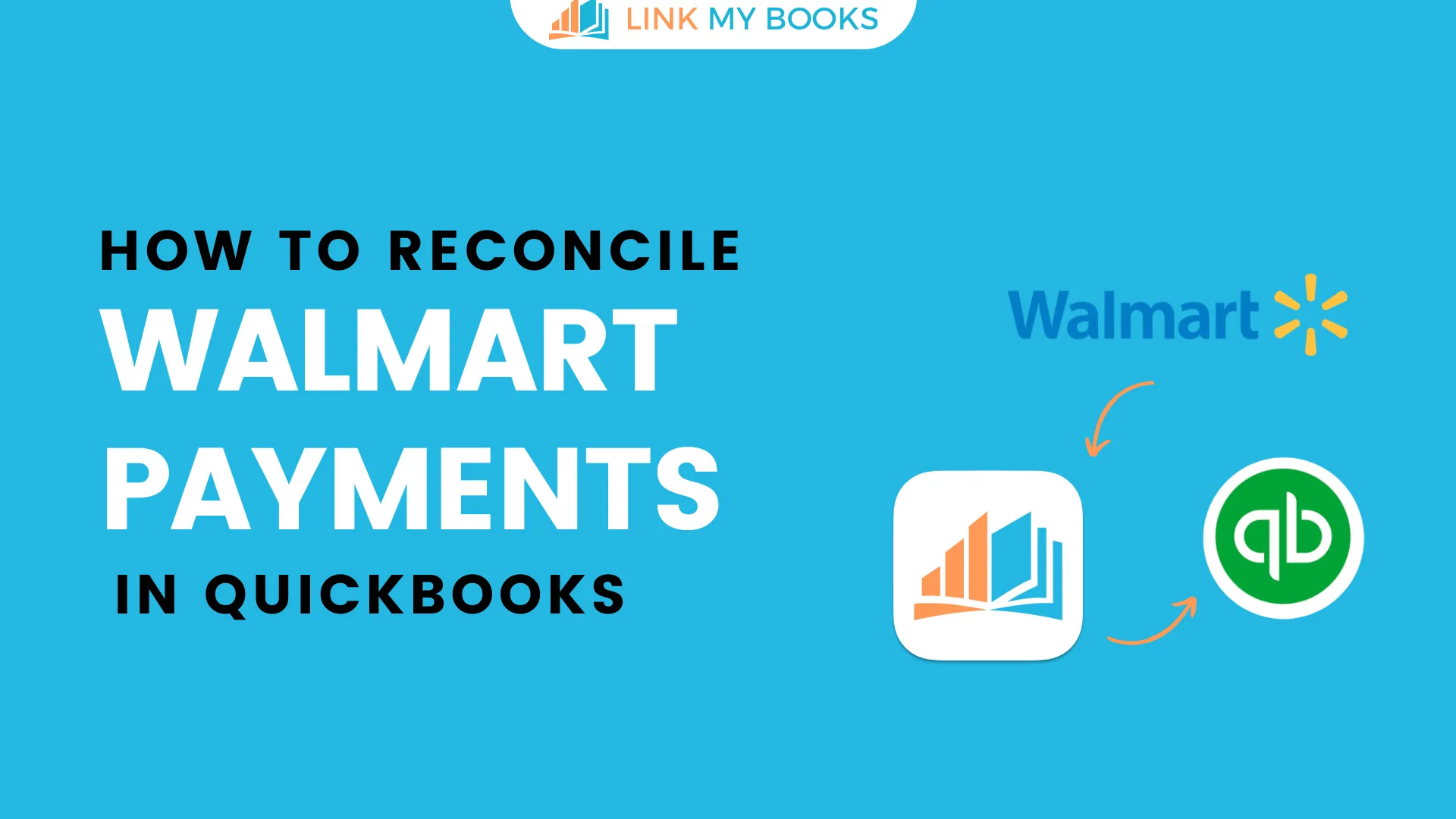
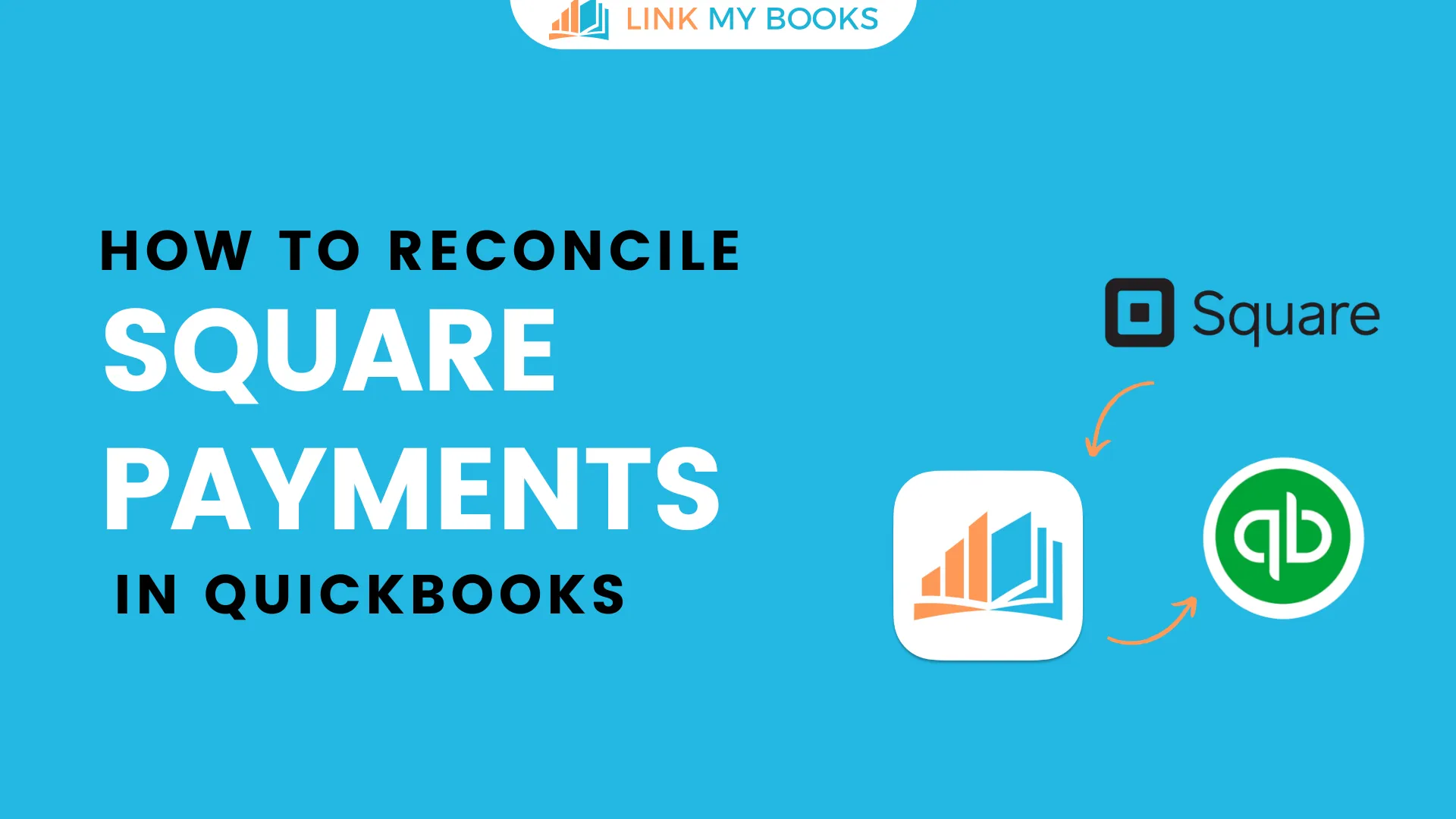
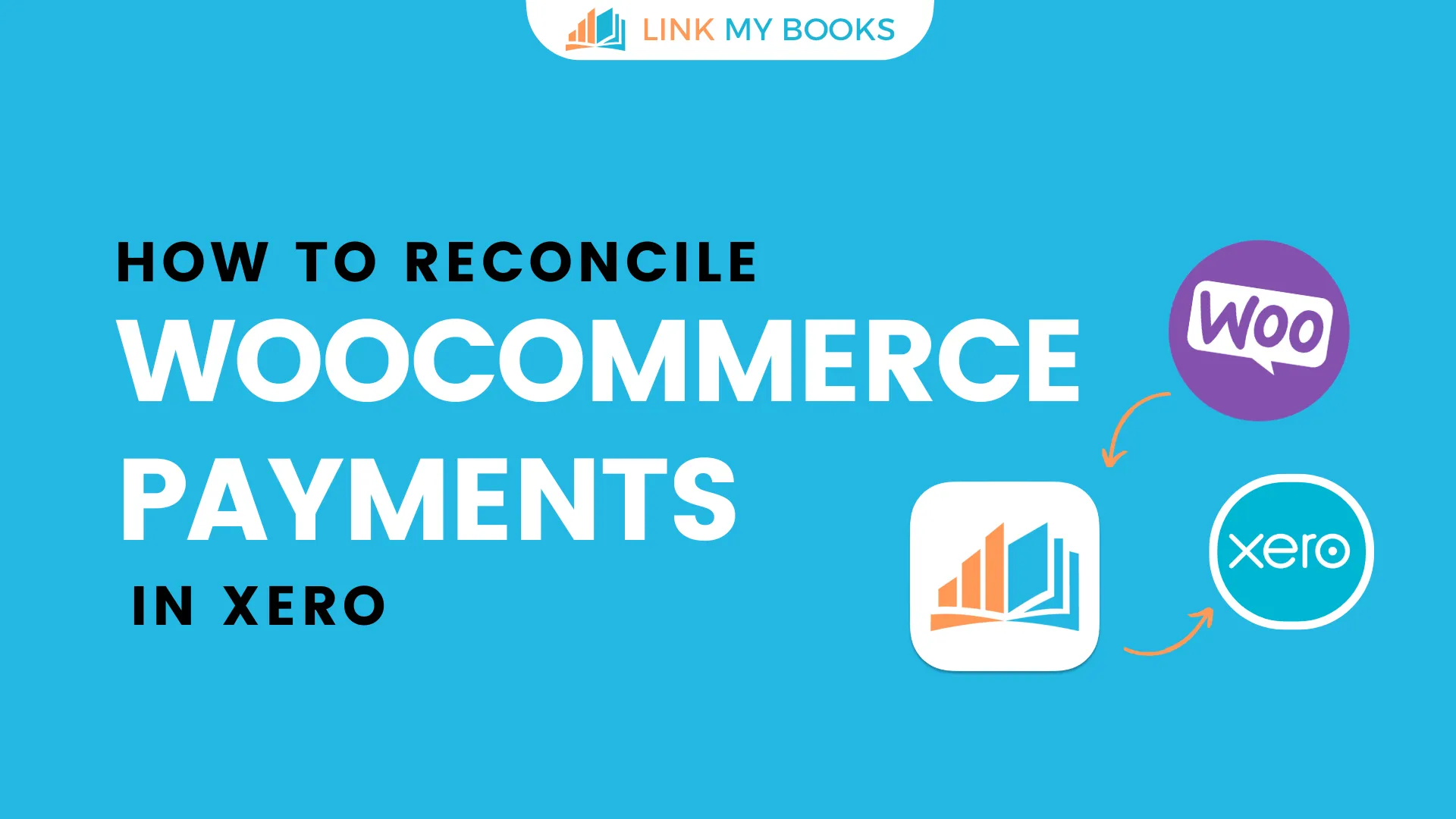
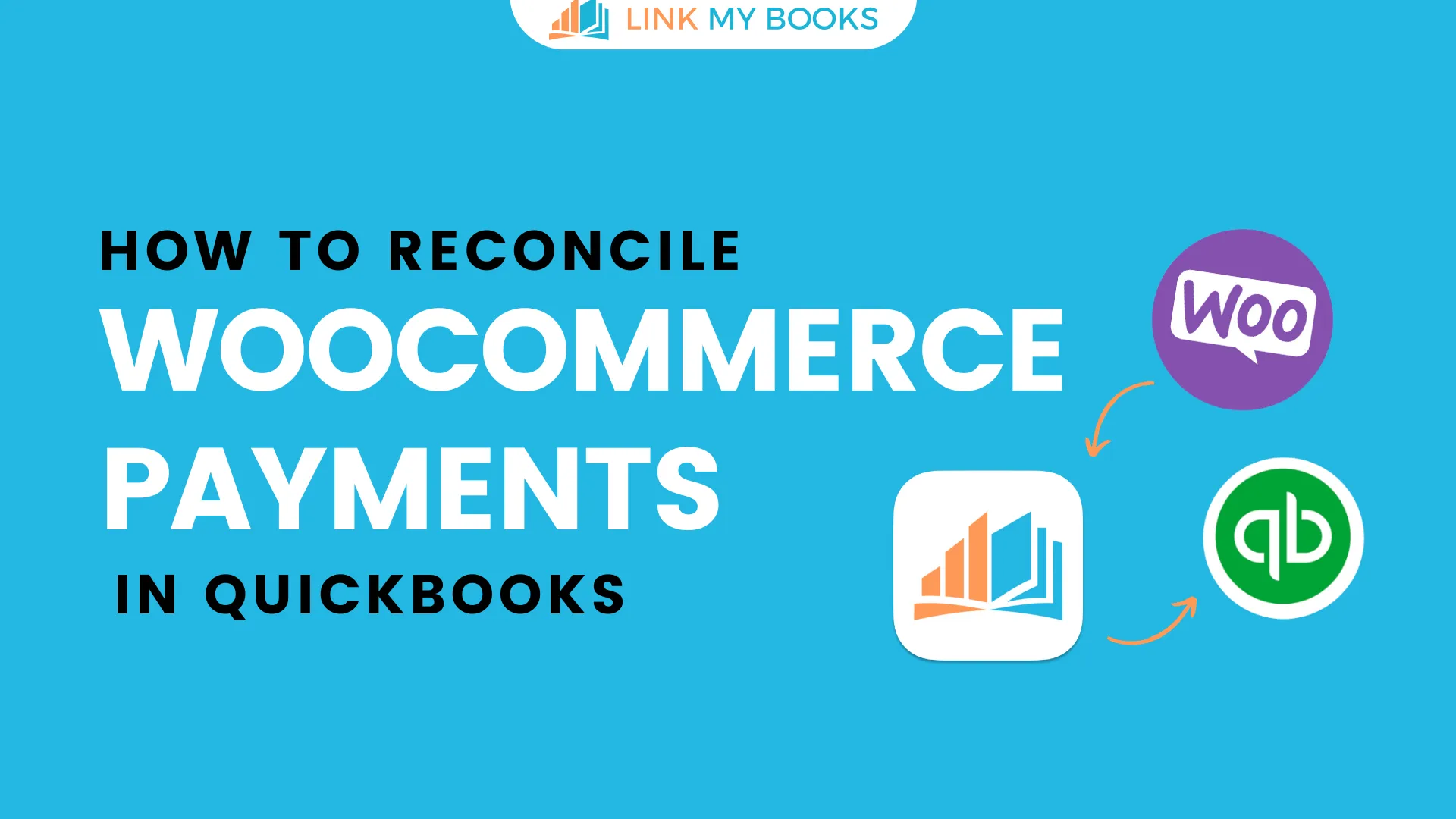
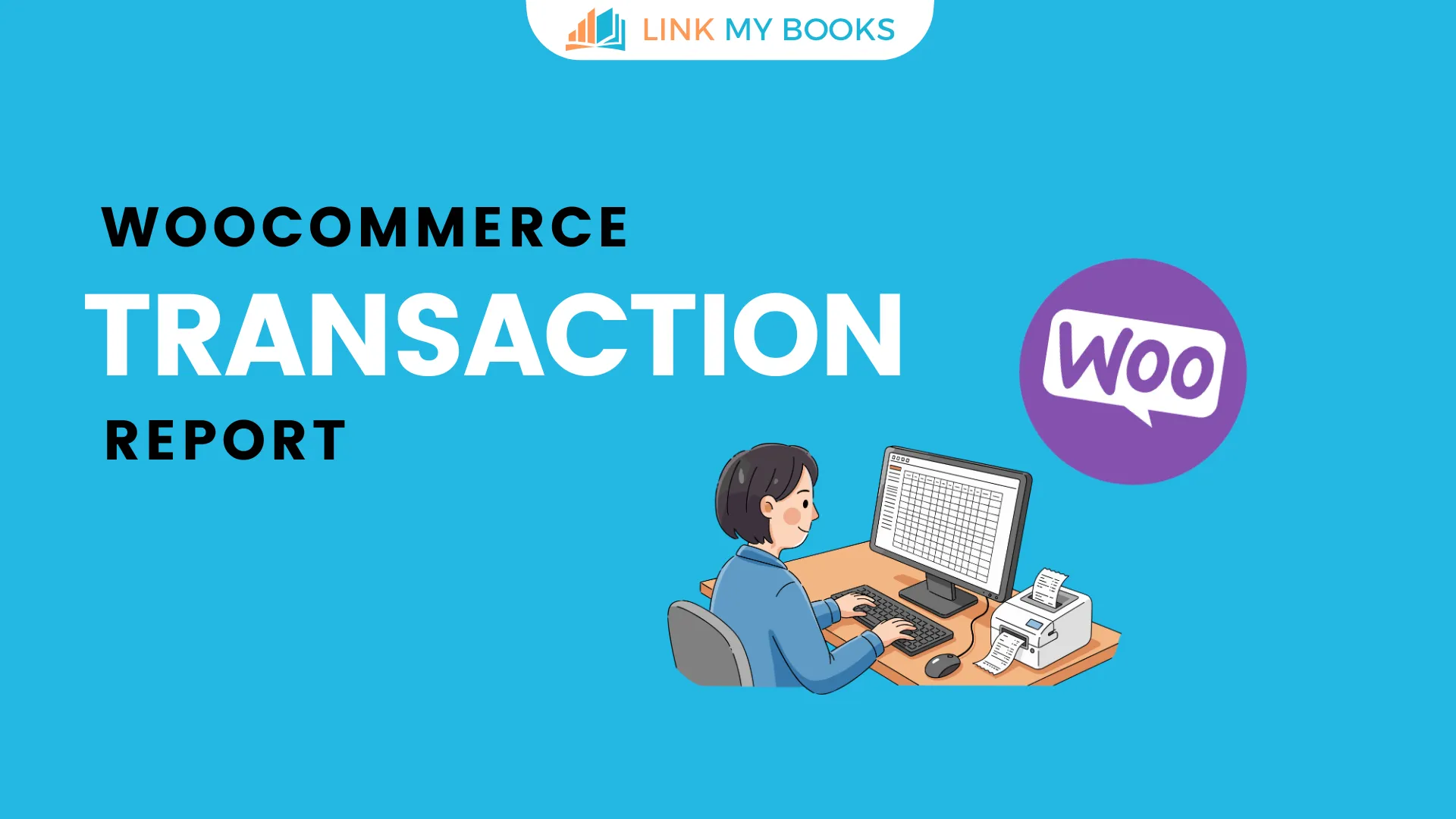


.png)